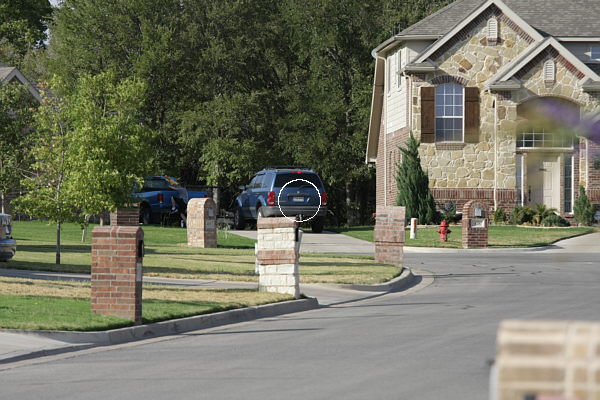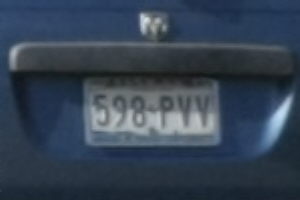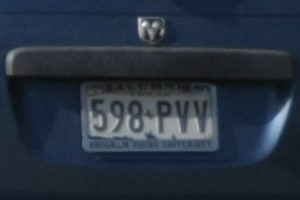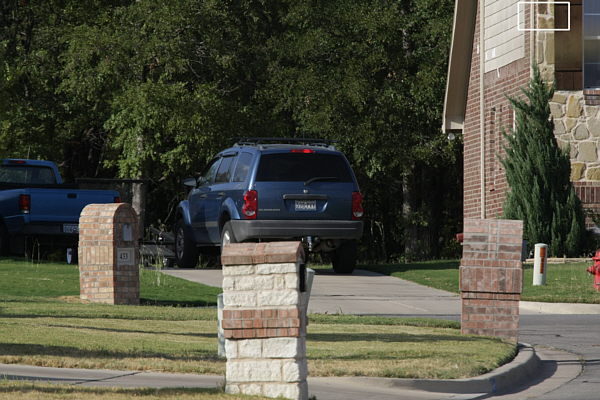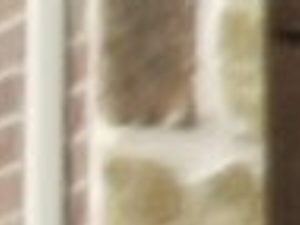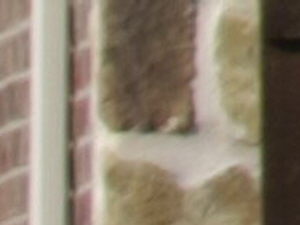Hi, Bart,
Thanks for the demonstration.
While the resolution benefit is obviously there in the center of the image, it's the corner performance that may suffer too much for general use. But that doesn't mean it can't be useful when the center resolution is more important and the reach (magnification) beyond 200mm is needed. One can always stitch multiple frames with liberal overlap between the tiles, and in effect use mostly a cropped image circle to build the field of view. At these long focus distances the parallax is limited so stitching with enough overlap can even produce good results without a pano setup.
Thanks for the observations.
What you say about corner behavior is certainly true, but there is a risk we may misapply it, depending on our situation.
Let me start with a discussion of how a focal length extender works. (Bart, I'm sure you know this; this is for the benefit of the onlookers.)
A rear focal length extender (the type we normally use on SLR lenses) is a
non-inverting. magnifying relay lens. With an extender in place, the base lens (this was at one time called the
prime lens, before that term was inexplicably hijacked to mean "lens of fixed focal length) still forms its image in the usual place, the back flange distance to the rear of its mount register surface (which now falls inside the extender).
That image, a virtual image (or aerial image) in this case (since it is not formed upon any surface) is the
object for the extender.
From it, the extender forms its image, larger than the first image, at the back flange distance to the rear of
its mount register surface (that is, on the body focal plane).
A real issue in this whole topic is "imperfections added by the extender"; the result of its aberrations. Although this is an important part of the whole story, it is important to separate it from the matter of the impact of the
operation of the extender. Thus, for the moment, I will assume the happy situation in which the extender is an
ideal non-inverting, magnifying relay lens.
Now, let's considered the matter of "corner degradation". If we were to test the composite lens (base lens plus extender), we would find certain properties at the corners of whatever frame size we decided to use as the premise for the test - probably the frame size of some particular genre of camera.
But those parts of the image are taken from portions of the image formed by the base lens that would not be at the corners of the frame were the base lens used alone, but father toward the interior of the lens' image circle. The aberrations there would (typically) be less severe than those at the portion of the image that would be at the corners of the frame were the base lens used alone.
Now, to speak a little casually, those aberrations are indeed "magnified" (
in terms of the camera image space) by the magnification of the extender. (They are not magnified in object space; that is, as related to the scene features.)
So we have "more benign" aberrations at the corners of the image of the composite lens), exacerbated by the effect of the magnification of the extender. The net result might be "better" or "worse".
In any case, note that this would be as Judged by a test of the composite lens across the camera frame size.
Now let's consider one actual situation in which we might contemplate using an extender. Lets say that the base lens focal length is 200 mm, and the extender magnification is 2X.
We are interested in a scene that would be embraced by the field of view (on this camera) of a 400 mm lens (let's say, without much margin). (If not, then this whole exercise would be moot.) We might shoot it with the base lens (200 mm), and crop as required (that would be to perhaps a little less than 50% of the frame dimensions).
Or, we might install the 2X extender, and shoot at 400 mm. Then the crop for delivery would be a little less than the full taken frame.
Now, let's first consider the image of the wanted portion of the scene as formed by the 200 mm lens when it is used alone. Next we consider the image of that scene material as formed by the 200 mm lens when used with the 2X extender. They are identical (the optics of the base lens have no idea what is to its rear). There will be certain imperfections of that image at any place on it (owing to the finite MTF performance of the lens, the geometric distortion of the lens, and so forth) - on any particular scene feature.
Now, again, I continue to assume here prefect behavior of the extender (for the reason mentioned at the outset). Then, in the case where the extender is used, the image formed by the base lens is doubled in linear size, but otherwise unchanged, by the extender, and falls at that doubled size on the focal plane.
If we could perfectly capture the image of our intended scene region on the focal plane in the 200 mm case, and the image on the focal plane, perfectly (say, with ideal film of fabulous resolution) and enlarge them to the same size for viewing, they would be identical. The imperfections at a certain place in one would be precisely the imperfections in that same place in the other.
Thus we see that, setting aside imperfections in the extender, the use of the extender does not, in any way that matters
to our result in this scenario, in exacerbating the imperfections of the base lens.
Now, of course the real imperfections in the extender add into the practical result.
What this means is that, in my test, if I present the entire image taken at 400 mm, a crop covering the same scene material from the 200 mm frame, and arrange to compare them by way of sophisticated upsizing of the latter, the only difference we should see,
at any place over the image, center or corner, are:
• From the imperfections of the 2X extender (appears in the 400 mm case).
• From the different scaling of the sensory resolution with respect to the image (better result in the 400 mm case, which of course is why we would even bother with the extender!).
We should see no difference that results from the basic process of magnifying the base lens image with the extender.
Said in a simpler way, in this scenario we never see the behavior of the base lens, with or without the extender, in the portions of its image that would fall in the corners of the frame when the lens is used by itself. Why? Those portions of its image are of scene materiel we have declared to be of no interest to us. Were they of interest to us, we could not have shot the scene at 400 mm.
Best regards,
Doug
